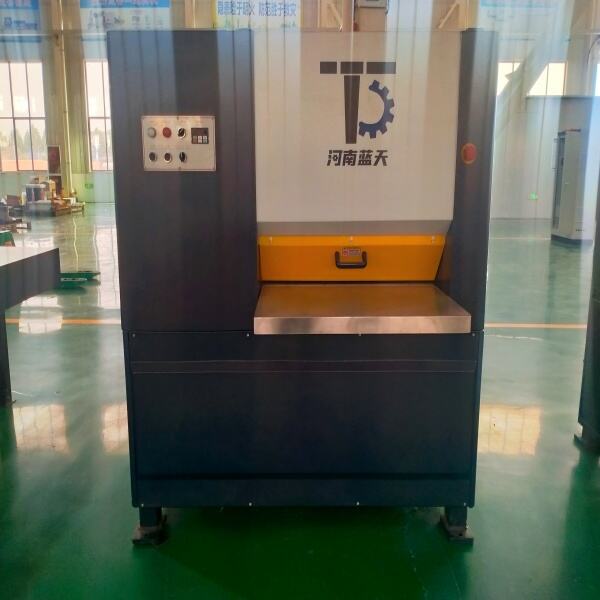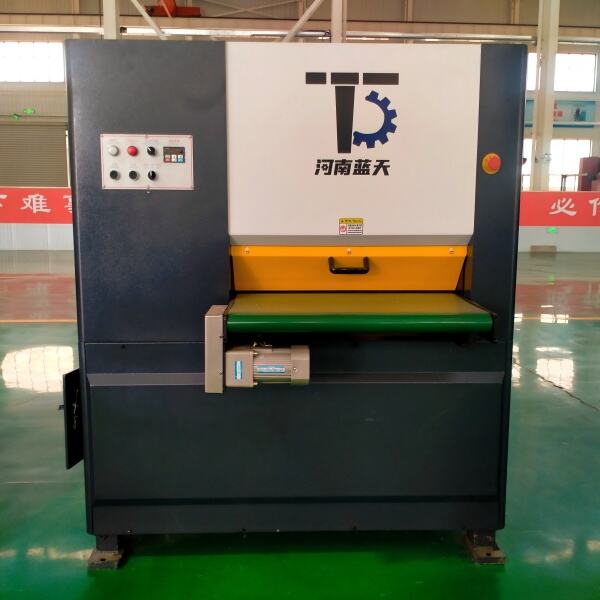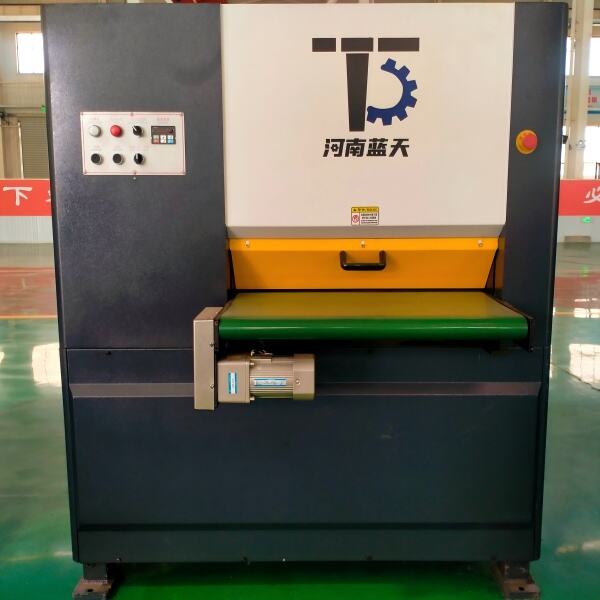manual straightening machine price
The manual straightening machine price represents a crucial consideration for businesses seeking cost-effective solutions in metal processing. These machines, available across various price points ranging from $800 to $3,000, offer essential functionality for straightening metal bars, pipes, and profiles. The pricing structure typically reflects the machine's capacity, precision levels, and build quality. Entry-level models, while more affordable, generally handle smaller workpieces and offer basic straightening capabilities. Mid-range options, priced between $1,500 and $2,500, provide enhanced features such as adjustable roller systems and improved accuracy. Premium models at the higher end of the price spectrum incorporate advanced material handling capabilities and superior build quality, ensuring longer operational life. The price consideration must account for factors including maximum workpiece diameter, straightening accuracy, and operational efficiency. Additional cost factors include shipping, installation, and potential maintenance requirements. When evaluating the manual straightening machine price, it's essential to consider the long-term value proposition, including productivity gains and reduction in material waste.


